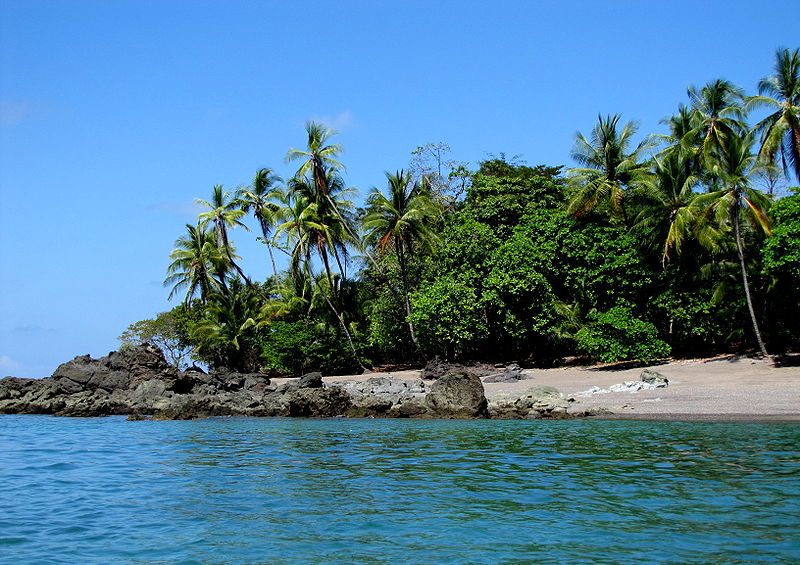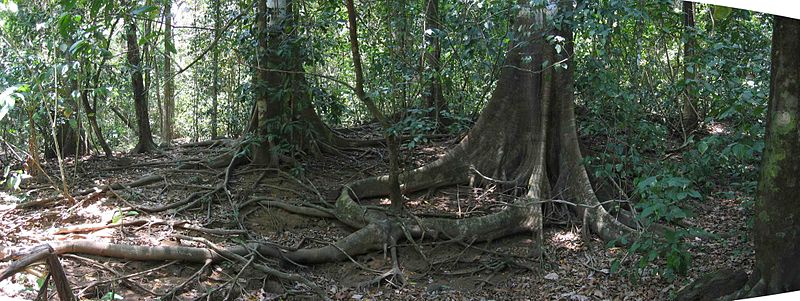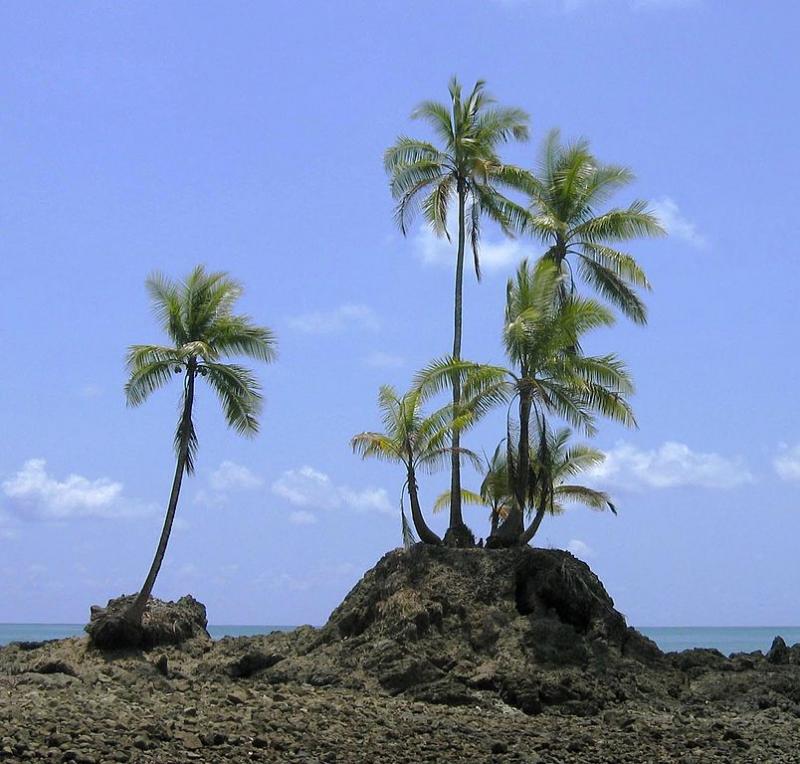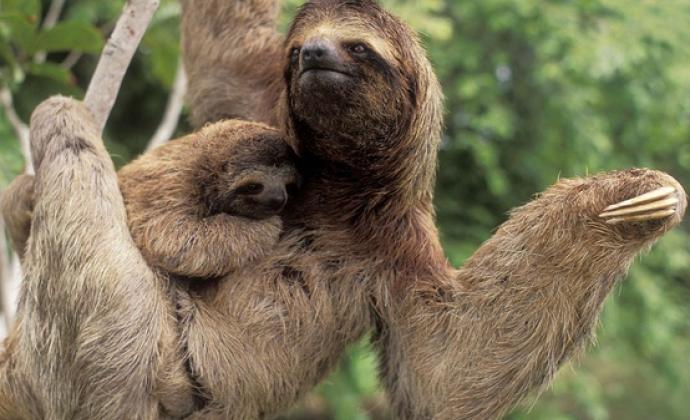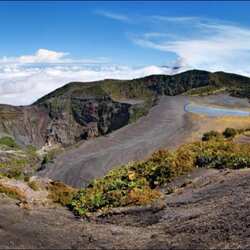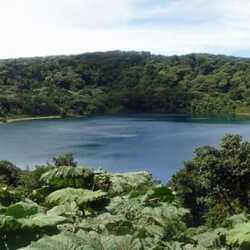Corcovado
Corcovado National Park is located in the south of Costa Rica off the coast of the Pacific Ocean. It consists of humid tropical high-altitude forests with an area of 54,500 hectares and 2,400 hectares of ocean. In order to preserve the flora and fauna, in 1975 the Central American authorities decided to assign the area the status of a national park. After that, all industrial work and animal hunting were banned.
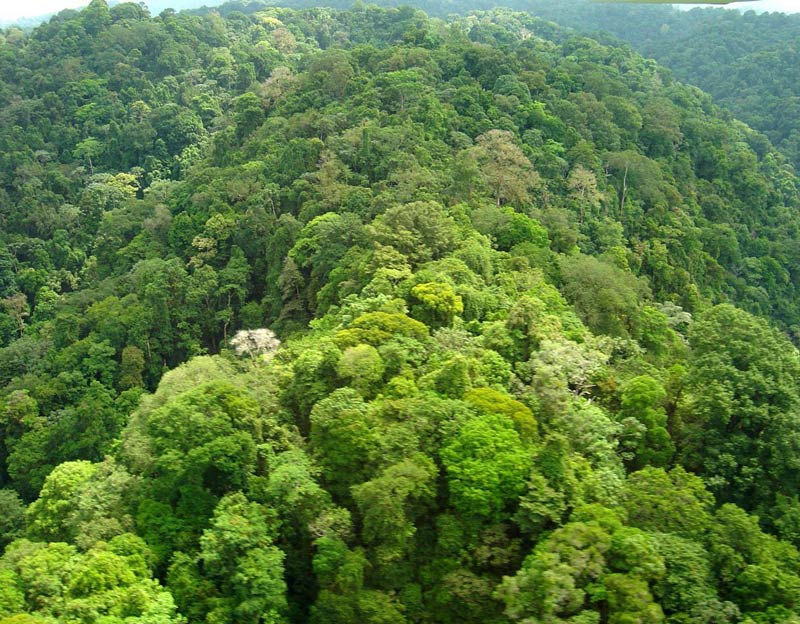
Corcovado Park is very beautiful, it has hardly been touched by civilization. The only reminder of humanity's presence here is the length of hiking trails and a couple of forester's huts.
On the shores of the ocean, mighty waves wash over trees that cling to the sand with all their strength, surrounded by a mountain of shells. Here, land plants struggle with the elements of the sea. But going deeper into the forest, a completely different picture appears with a riot of vegetation – evergreen jungle thickets, vines and tall trees. There are eight zones in the park, ranging from swampy plains to high–altitude forests. There are about 500 species of trees, the largest of which is the cotton tree, which reaches up to 70 meters in height.
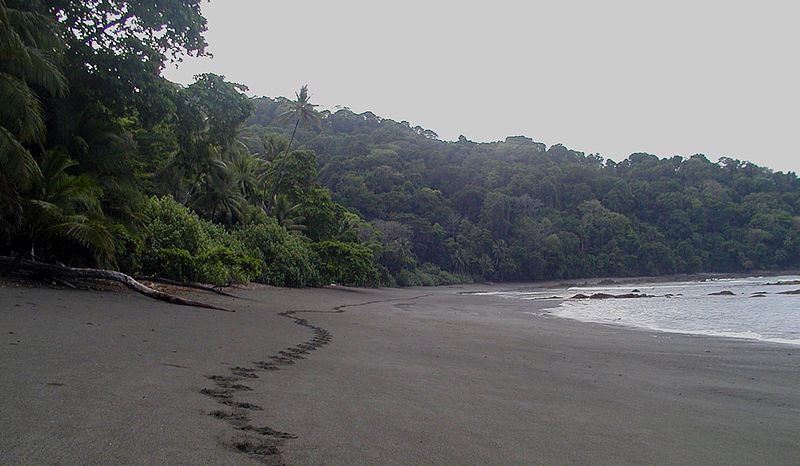
Corcovado Park has a very rich and diverse world of plants and animals. This place is the best for observing wild animals living in this area. Corcovado has about 400 species of feathered inhabitants, 140 species of mammals, including: jaguars, bears, sloths, monkeys. There are tens of thousands of insects. There are about 116 species of amphibians and reptiles, including the glass frog, which is known for being able to see its internal organs by placing it on a glass surface. Endangered animals such as jaguars, cougars, crocodiles, macaws, tapirs, and venomous tree climbers live here under protection.
It is here that vacationers can see the rare tapir animal. All representatives of the fauna are under supervision and protection.
The landmark of Corcovado is the Salsipuedes Cave. She became famous for the fact that the treasures of the navigator Francis Drake were kept here. Gold diggers almost ruined the local beauty, and in 1986 it was forbidden to conduct excavations.
Fans of extreme sensations can take a walk by going on a night walk through the jungle or hiking in the habitat of deadly snakes.
The best time to travel is December-April, when the dry season prevails.

